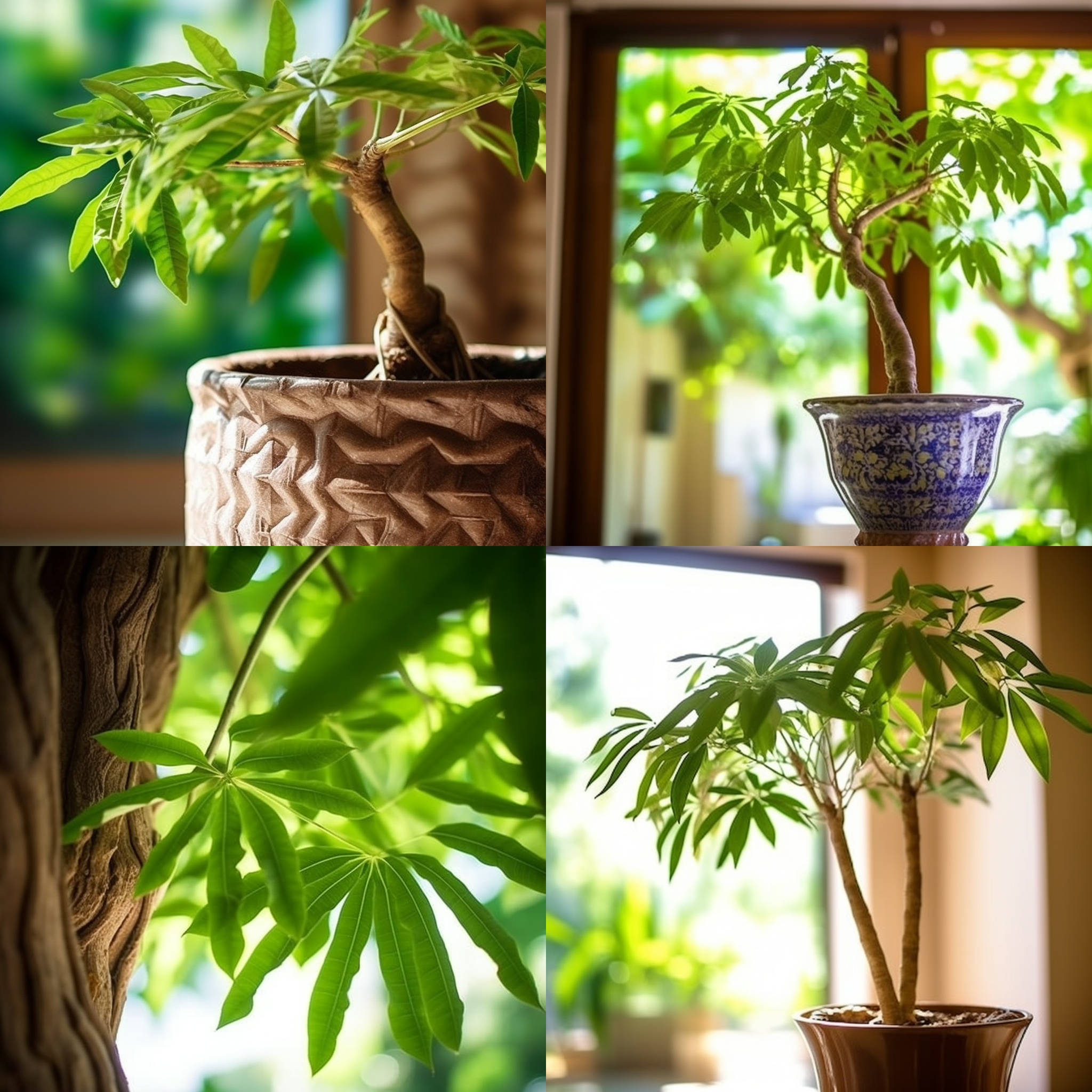Story of Day :
Contents
The Money Tree Plant: A Complete Guide and Care Tips
Are you looking for a new addition to your garden or home decor? Look no further than the money tree plant! This unique and fascinating plant has captured the hearts of gardeners and homeowners alike. Not only is it visually appealing, but many believe that this plant brings good fortune. In this guide, we will provide you with all the information you need to know about growing and caring for a money tree plant.
What is a Money Tree Plant?

The money tree plant (Pachira aquatica) is native to Central and South America. It’s also commonly known as “Malabar chestnut,” “Guiana chestnut,” or “saba nut.” The leaves of the money tree are small, bright green, shiny, oblong-shaped with pointed tips. The trunk of the money tree looks like it has several braided trunks that form one larger stem.
Why Is It Called A Money Tree Plant?

The story behind why it’s called a “money” tree varies depending on who you ask – some say that its name came from its resemblance to an ancient Chinese coin while others believe it represents good luck or fortune in certain cultures.
Care Tips

- Light: The ideal environment for a money tree includes bright indirect light but can tolerate low light conditions too. Avoid placing your plants in direct sunlight as their leaves can burn easily.
- Watering: Water thoroughly when soil feels dry approximately every two weeks during warmer months (spring/summer), once every three weeks during cooler months (fall/winter). Avoid overwatering as this may cause root rotting which can be fatal to your plant..
- Temperature: Money tree plants prefer warmer temperatures between 15-25°C. Avoid exposing them to temperatures below 10°C.
- Fertilization: Use a balanced liquid fertilizer once per month during the growing season (spring/summer).
Propagation

The money tree plant can be propagated either via seeds or cuttings. The easiest way is through cuttings, which can be taken from the plant’s stem or branches.
- Cut a healthy branch about six inches long with at least two leaves attached to it.
- Dip the end of the cutting in rooting hormone powder and place it in moist soil mix, preferably one specifically designed for propagation.
Cover with a plastic bag to keep moisture in and provide humidity until roots form within four weeks.
.
Pests and Diseases
The money tree plant is generally pest-resistant and disease-free when grown indoors; however, they may attract spider mites if grown outdoors or are placed near other infected plants. Here are some most common pests you should watch out for:
- Aphids: These tiny insects feed on new growth, causing stunted growth and yellowing of leaves.
- Spider mites: These tiny arachnids suck sap from leaves causing yellowing of foliage as well as webbing on the underside of leaves becoming visible as an infestation progresses..
- Scale insects: These pests appear like small brown bumps on stems that suck sap from your plant while secreting honeydew which attracts ants.. If left untreated, scale insects can cause significant damage to your plant.
Conclusion
The money tree plant is an excellent addition to any garden or home decor. Its unique appearance, coupled with its “good luck” reputation, makes it a popular choice for many people. By following the care tips outlined above and taking the necessary precautions against pests and diseases, you too can enjoy this beautiful and beneficial plant in your own home.
